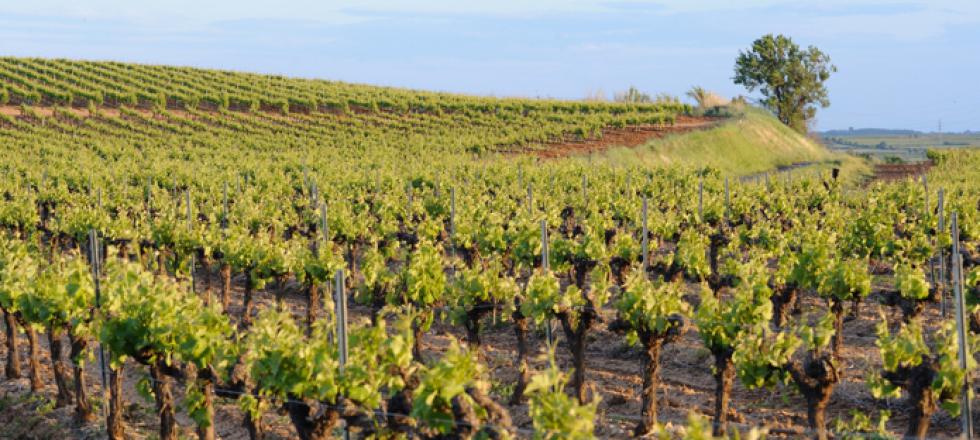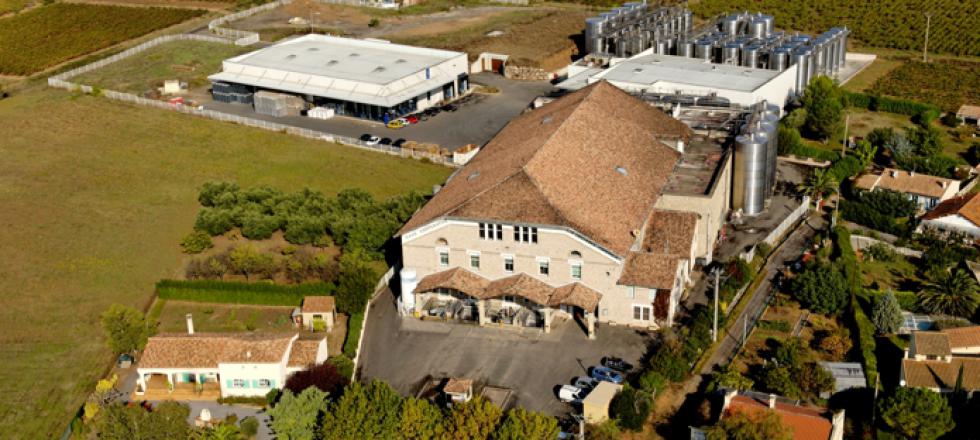Lately, I have been receiving some recommendations of wines to have with freshly caught seafood, so during a recent trip to Maine, my wife and I decided to try a few of them out.
I had a couple of wines in mind, but I had not taken notice of Picpoul de Pinet, a white wine with a distinctive high-neck green bottle, until it went on sale this summer for $10.99. I learned that the bottle was a sign of its compatibility with the fruits of the sea — something I’d never heard of before, and am not sure I entirely believe — and that it was France’s answer to Albarino from northwest Spain, a wine I really like and have recently written about. So, I bought some Picpoul for the trip.
The research was spot on. The wine is excellent, a perfect match with seafood and a great buy, even when it’s not on sale.
Picpoul de Pinet is produced by the cave cooperative of Pomerols and is made from 100 percent Picpoul, ancient grapes grown in Southern France that were almost forgotten until about 20 years ago, according to information provided by the U.S. importer, Kysela Pere et Fils of Virginia.
Picpoul, also spelled Piquepoul, dates back to the early 17th century and was commonly blended with Clairette to form Picardin, a sweet wine exported by Dutch wine traders and sold throughout Northern Europe during the 17th and 18th centuries.
But the grape was wiped out during the phylloxera blight of the late 19th century and not widely replanted. It lost favor because the vines were susceptible to fungal diseases, such as powdery mildew, and had a low yield, a result of dropping their grapes early, Jancis Robinson says in the Oxford Companion to Wine.
Since its founding in 1932, Les Costieres de Pomerols, the cave cooperative, has continued to merge with other growers and now has 320 members who produce about 600,000 cases of wine a year from 2,964 acres of sunny vineyards with clay soils and the dry climate of the Mediterranean coast. After extensive research and developing more disease resistant clones, the cooperative now cultivates 815 acres of Picpoul in the Pinet designated region, and Francis Kysela, who takes modest credit for rescuing the grape in the mid-1990s and gambling on the wine’s appeal to the American market, imports about 60,000 cases a year.
Kysela, who was just starting his wine importing business, discovered Picpoul wines on one of his first purchasing trips, taking the safe bet of buying European wines that were mostly pre-sold to American customers.
After tasting Picpoul, he was so blown away that he bought a lot of the wine — three shipping containers — throwing the dice that he could sell it in a market that had never heard of the grape. Kysela was right, and he had some initial big hits, including The Inn at Little Washington, a Virginia resort restaurant perennially considered one of the best in the country.
Now, the wine is widely distributed in the U.S., and the grape is even being successfully planted in the mountains of Arizona.
During the production of the wine in Languedoc, the grapes are crushed and left with the skins for a few hours before pressing and before cold-temperature-controlled fermentation begins. The result is “crystal clear wine with green highlights with pleasant hints of acacia and hawthorn blossom and delicate tastes,” the winemaker’s tasting notes say. “The wine neutralizes the salt and iodine in shellfish and other crustaceans and is surprising good with rich cheese and charcuterie.”
I found that the pale greenish-yellow, high-acid wine is crisp and dry, similar to a Sauvignon Blanc, but with smoother lime and other citrus flavors, and it was a great companion with the fresh, rich flavors of Maine lobster and buttery scallops.
Picpoul de Pinet truly is France’s comparable wine to Spain’s Albarino, so the next time I head to the coast, I’m taking them both.•
Suggestions for wines in the $10 range are always appreciated.
Warren Johnston can be reached at warren.nelson.johnston@gmail.com.






